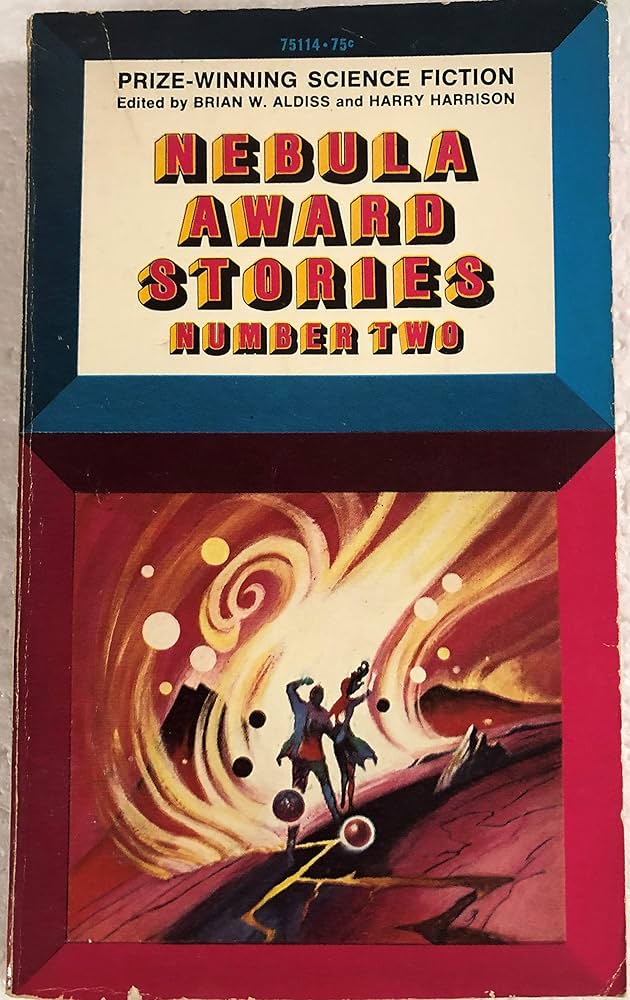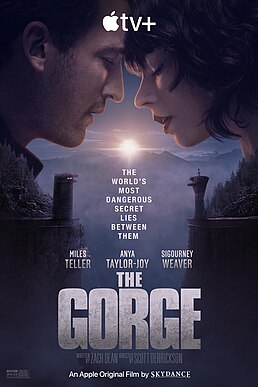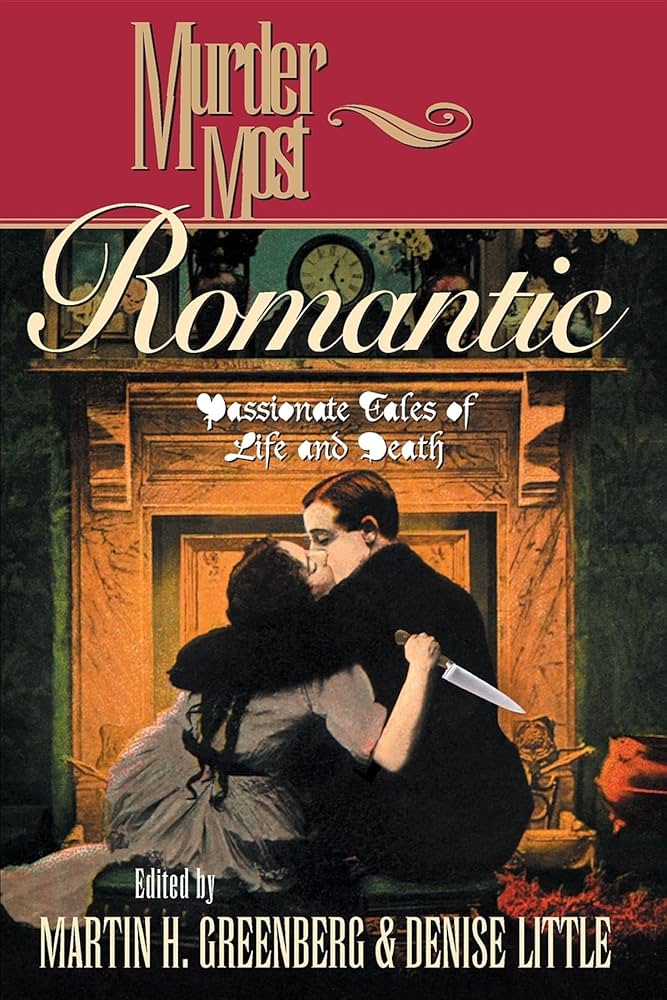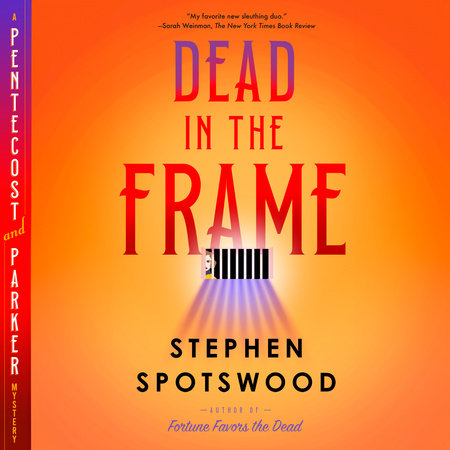
Back in 1965, a new Science Fiction award, The Nebula, showed up to give the Hugo Award some competition. The stories that won the Nebula Award and some of the nominees were collected in an anthology each year. Nebula Award Stories Number Two (1967) includes an Introduction and Afterword that puts the year of publishing into perspective.
Back in the 1960s, there were NOT a dozen different categories for stories (and later media). Things were pretty simple. Nebulas for BEST NOVEL went to Flowers for Algernon by Daniel Keyes and Babel-17 by Samuel R. Delany. Yes, it was a tie!
The Nebula for BEST NOVELLA went to Jack Vance’s classic “The Last Castle.” The Nebula for BEST NOVELETTE went to “Call Him Lord” by Gordon R. Dickson. The Nebula for BEST SHORT STORY went to Richard McKenna’s “The Secret Place.”
That’s it. Sweet and simple. Today the Award environment is messy and convoluted. And, I would argue, less effective at celebrating great SF stories. If you can find early Nebula Award anthologies, maybe the first dozen or so, they hold plenty of great stories for your enjoyment. GRADE: A
TABLE OF CONTENTS:
- 7 • Introduction (Nebula Award Stories 2) • (1967) • essay by Brian W. Aldiss and Harry Harrison
- 9 • The Secret Place • (1966) • short story by Richard McKenna
- 24 • Light of Other Days • [Slow Glass] • (1966) • short story by Bob Shaw
- 33 • Who Needs Insurance? • (1966) • novelette by Robin Scott Wilson [as by Robin S. Scott]
- 67 • Among the Hairy Earthmen • (1966) • short story by R. A. Lafferty
- 79 • The Last Castle • (1966) • novella by Jack Vance
- 137 • Day Million • (1966) • short story by Frederik Pohl
- 143 • When I Was Miss Dow • (1966) • short story by Sonya Dorman
- 155 • Call Him Lord • (1966) • novelette by Gordon R. Dickson
- 177 • In the Imagicon • (1966) • short story by George H. Smith [as by George Henry Smith]
- 184 • We Can Remember It for You Wholesale • (1966) • novelette by Philip K. Dick
- 206 • Man in His Time • (1965) • short story by Brian W. Aldiss
- 232 • Afterword: The Year in SF • (1967) • essay by Brian W. Aldiss and Harry Harrison (variant of Afterword: The Year in Science Fiction)
- 236 • Nebula Awards 1966 and Roll of Honor • (1967) • essay by uncredited











